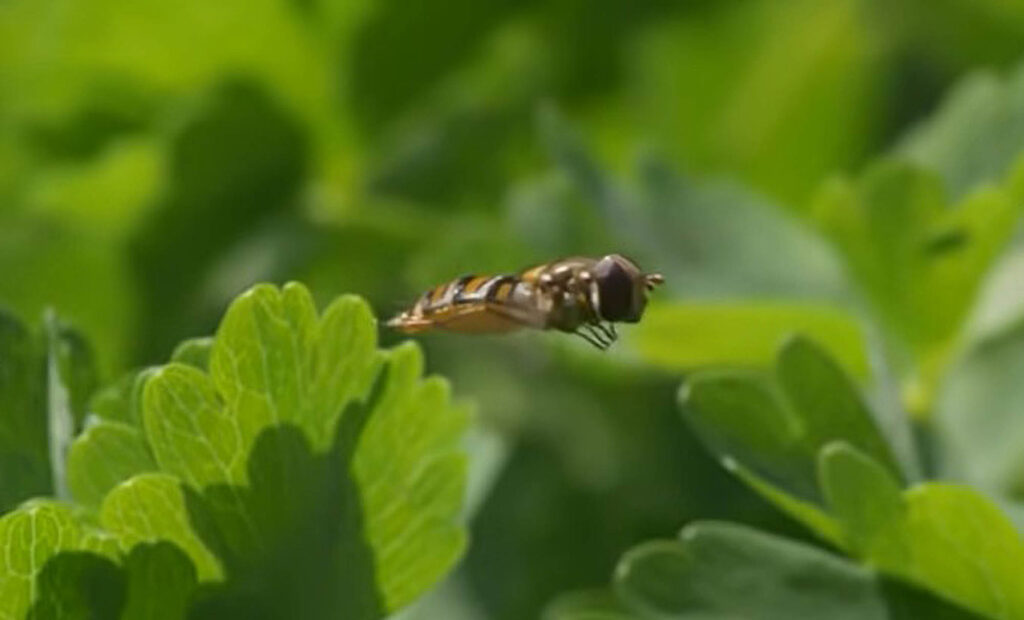Scientists in Sweden are focusing on the application of high-tech cameras as they seek fresh approaches to the identification of pollinators.
The analysis of insect species distribution is a complex and time-consuming task. Researchers are often forced to work with small sets of data.
However, experts at Lund University think using hyperspectral cameras could help to provide more accurate pollinator research results.
Advanced Science News reports that “using light or the spectral analysis of insect wings could change things.”

According to the news website, entomologists could observe insects in the wild much better by taking specialised cameras with them.
New research concentrates on the wings of the pollinators and the way they reflect light.
Study author Meng Li said: “We can see how each subtle shade of colour, even those outside the visible spectrum, is affected by the wing’s thickness.”
Meng, who investigated around 600 hoverflies from 30 different species at Lund University‘s Biological Museum, told Advanced Science News: “This detailed colour information is what allows us to study and identify insects more accurately based on their unique wing patterns.”
Hoverflies are engaged pollinators and therefore an important part of ecosystems. There are around 6,000 different hoverfly species in the world.
As they tested the pioneering method, Meng and her colleagues managed to identify nine in 10 hoverflies correctly by evaluating different physiognomical criteria.
The Lund University scientists plan to continue their research to determine whether the procedure is viable for different species richness investigations.










